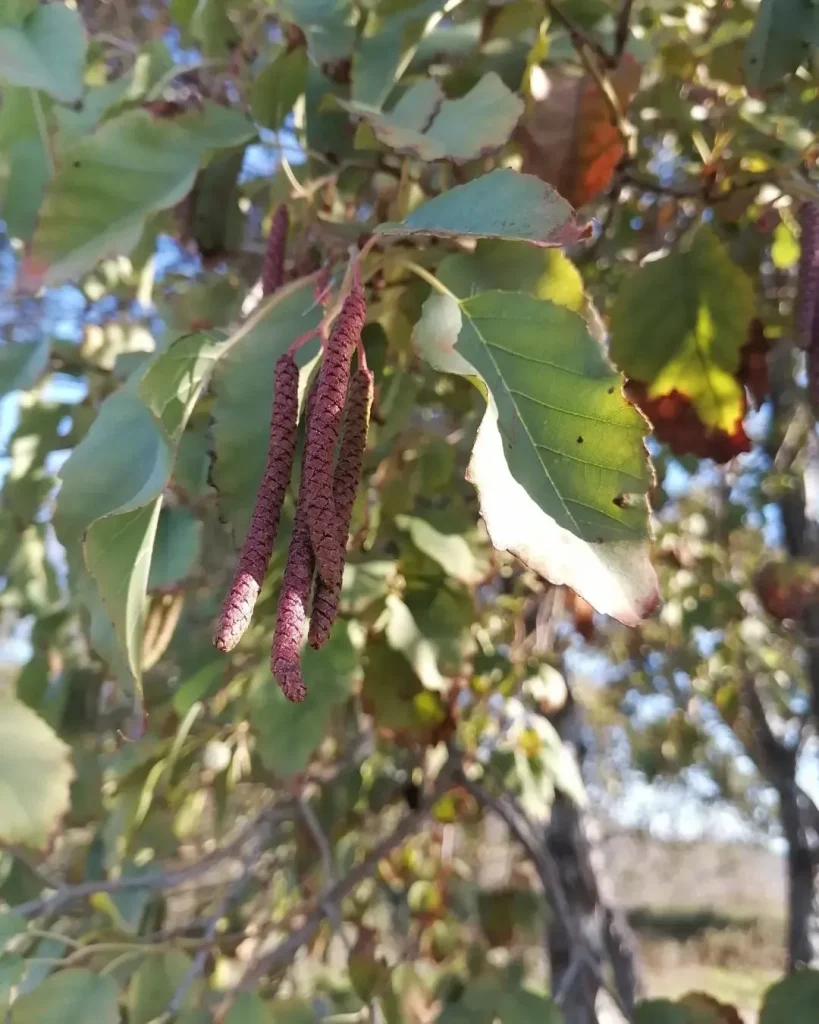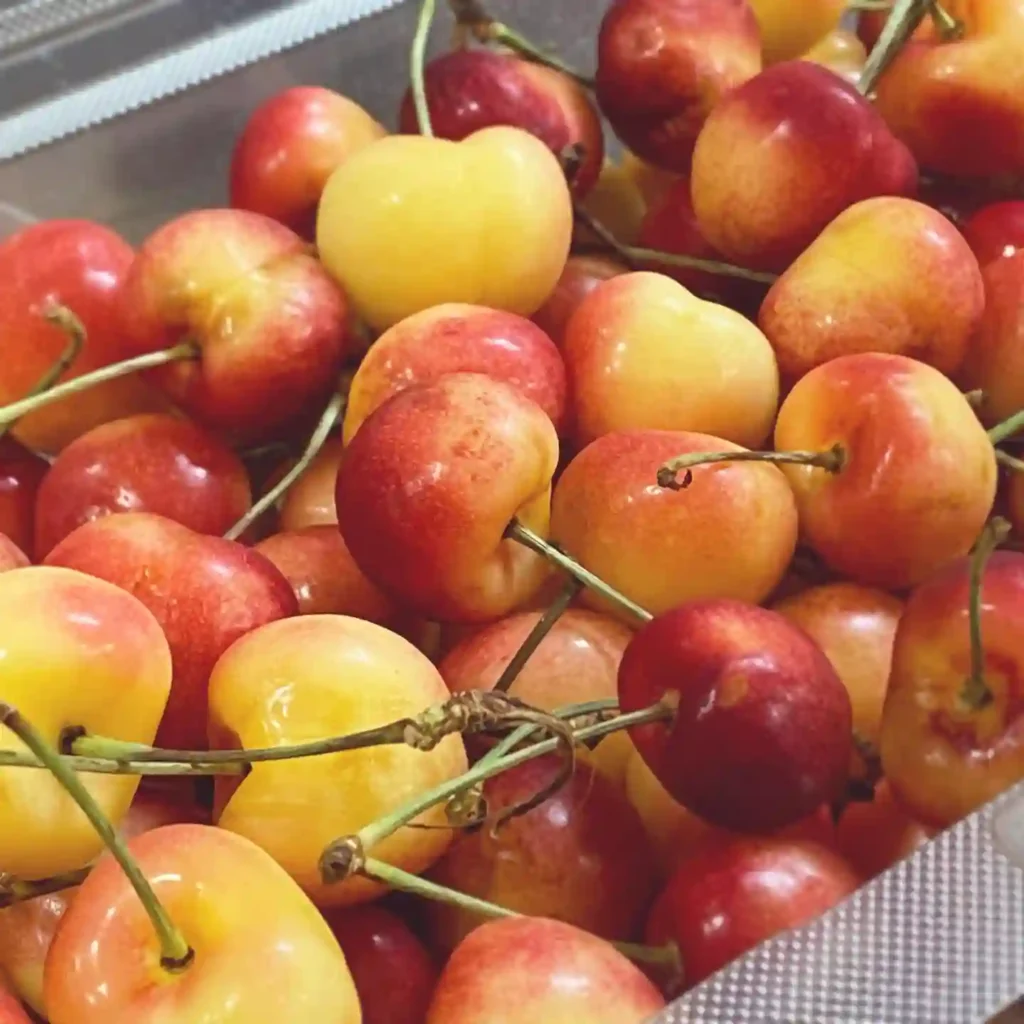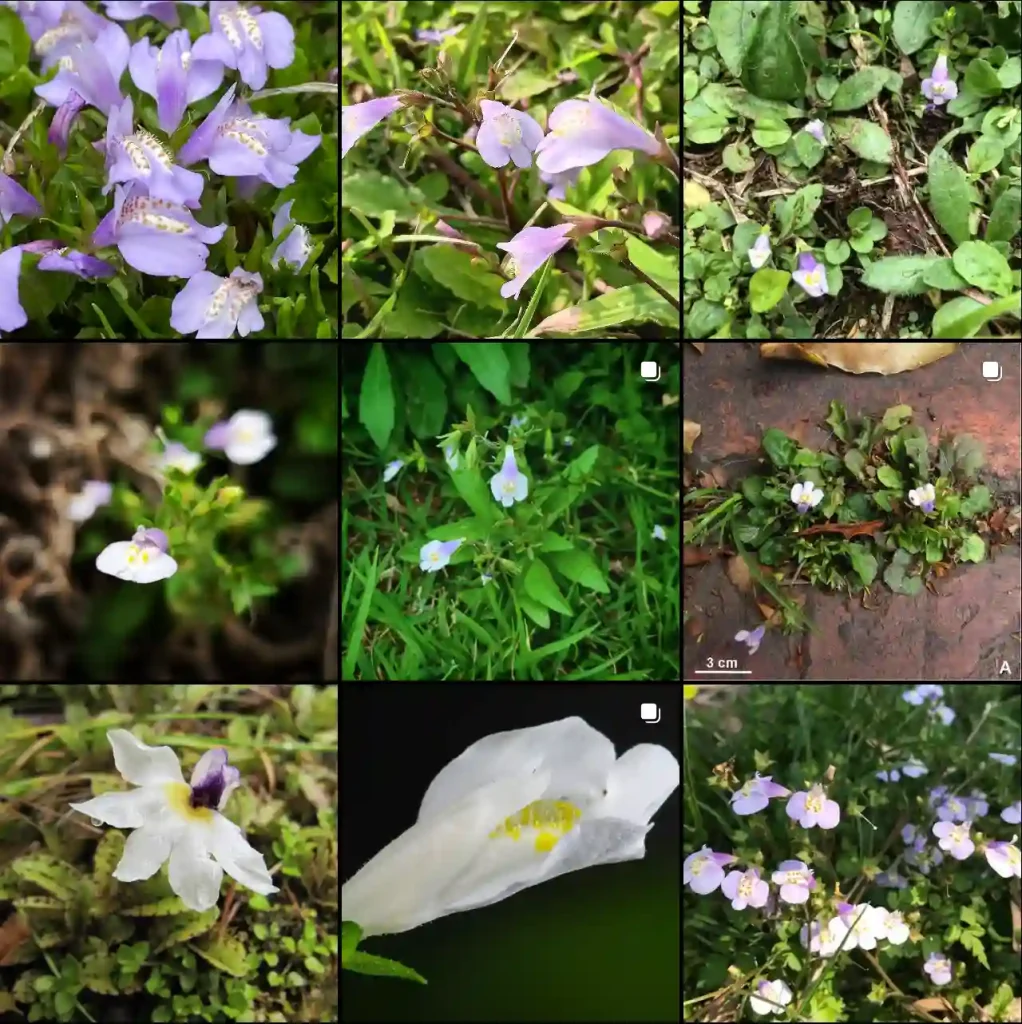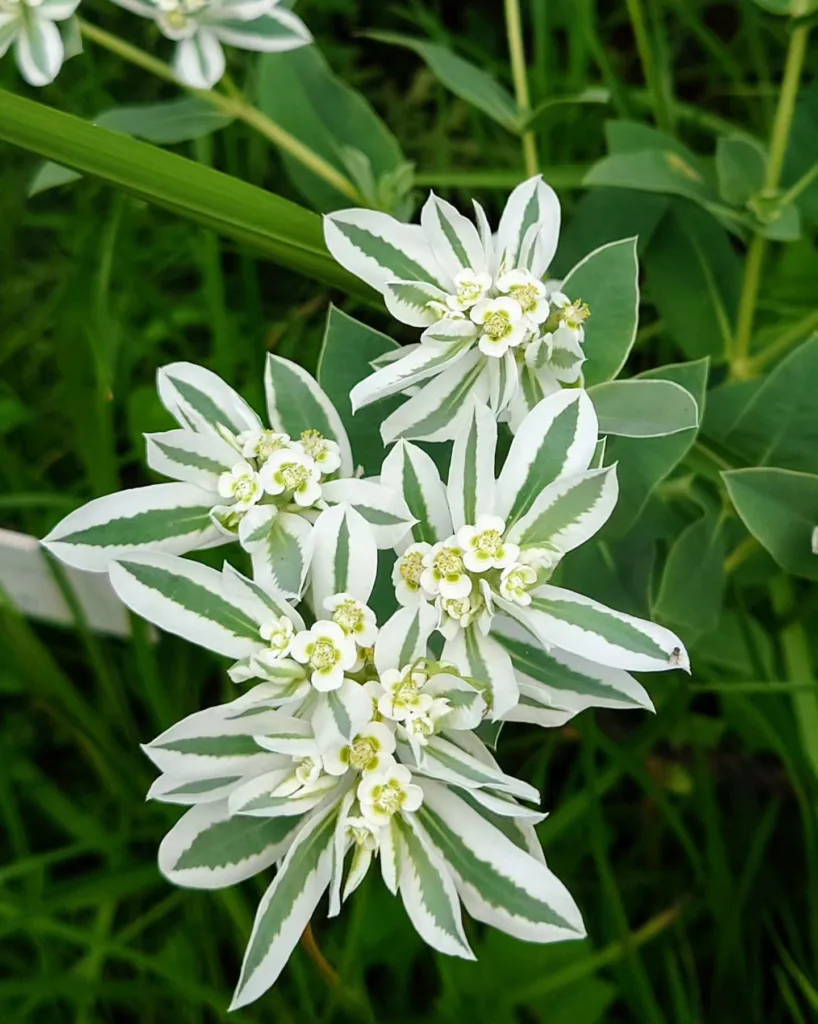Scopolia Japonica: A Look at the Enchanting Yet Enigmatic Flower
Hi, I’m Ferb Vu, and I’m here to delve into the world of Scopolia japonica, a plant that’s as captivating as it is complex. Often called Japanese Belladonna or Korean Scopolia, this beauty from the nightshade family holds a unique place in the botanical world.
What is Scopolia Japonica?
Scopolia japonica is a perennial flowering plant native to East Asia, specifically Korea, Central, and Southern Japan. It thrives in temperate climates, favoring the humid havens of forests and streamsides.
This herbaceous wonder boasts bell-shaped, downward-facing flowers, typically a deep red-purple with a pale green interior. Standing out are its bright yellow stamens, adding a touch of sunshine to the blooms.
Is Scopolia Japonica Poisonous?
Yes, with a capital Y. Scopolia japonica, like many nightshade plants, contains a cocktail of toxins, most notably scopolamine and hyoscyamine. These alkaloids can wreak havoc on the nervous system, causing hallucinations, dilated pupils, paralysis, and even death in severe cases.
Important: It’s crucial to remember that Scopolia japonica is not a friend to ingest. Admire its beauty from afar, but never be tempted to taste any part of the plant.
Medicinal Uses of Scopolia Japonica (Use with Caution)
Despite its toxic nature, Scopolia japonica has a history of medicinal use, particularly in Korea. Traditional practices have utilized the dried root for its analgesic properties, aiming to relieve pain. However, this use requires extreme caution due to the plant’s inherent dangers.
Modern medicine has also explored the potential of Scopolia japonica. Studies have isolated compounds like scopolamine and hyoscyamine from the roots, with potential applications for pain relief and other purposes. However, due to the toxicity, these applications are not mainstream, and safer alternatives are generally preferred.
Remember: Consulting a qualified healthcare professional is essential before considering any use of Scopolia japonica, even in traditional practices.
Scopolia Japonica vs. Belladonna: Close Cousins, Different Paths
Scopolia japonica often earns the nickname “Japanese Belladonna” due to its similarities to the infamous belladonna (Atropa belladonna). Both belong to the nightshade family and share some of the same toxins. However, there are key distinctions.
- Appearance: Belladonna tends to have larger, more upright flowers compared to the dangling blooms of Scopolia japonica.
- Habitat: Belladonna is native to Europe and parts of Asia, while Scopolia japonica hails from East Asia.
Both plants are highly toxic, so caution is paramount when encountering either.
How to grow Scopolia Japonica?
While Scopolia japonica’s beauty is undeniable, cultivating it requires a healthy dose of caution. Given its toxicity, it’s not for the faint of heart.
If you decide to proceed, ensure you have the proper protective gear when handling the plant, including gloves and eye protection. It’s also crucial to keep children and pets far away from Scopolia japonica to avoid accidental ingestion.
The plant thrives in well-drained, fertile soil with partial shade. Propagation can be done through seeds or root division, though be mindful of the risks involved.
Disclaimer: I strongly advise against growing Scopolia japonica at home unless you have extensive experience handling toxic plants and can guarantee complete safety measures.
The Allure and the Danger: A Final Word on Scopolia Japonica
Scopolia japonica is a plant that embodies the delicate balance between allure and danger. Its captivating flowers hold a potent mix of beauty and toxicity.
If you encounter Scopolia japonica in the wild, appreciate its beauty from a safe distance. Leave the handling and potential medicinal uses to professionals with the necessary expertise and safety protocols. There are plenty of breathtaking, non-toxic plants to cultivate in your garden – let Scopolia japonica remain an enigmatic wonder in its natural habitat.
If i die, water my plants!



